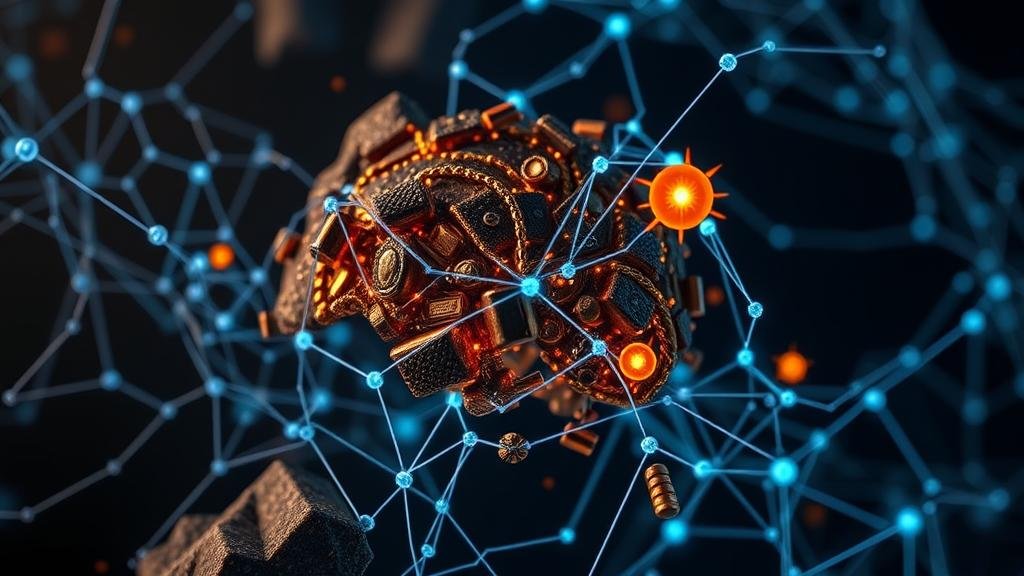Using AI to Find Patterns in Relic Distributions Across Different Historical Periods
Using AI to Find Patterns in Relic Distributions Across Different Historical Periods
The study of historical artifacts and relics provides invaluable insights into human civilization. With the advent of artificial intelligence (AI), researchers can now analyze vast datasets of relic distributions more efficiently, revealing patterns that may have previously been overlooked. This article explores how AI techniques can be utilized to identify and interpret these patterns across diverse historical contexts.
The Role of AI in Historical Archaeology
AI encompasses various computational technologies, including machine learning, natural language processing, and data mining, all of which can enhance archaeological research. By applying these AI techniques, researchers can process large volumes of data relating to artifact locations, types, and historical periods, thereby facilitating a more comprehensive understanding of the past.
- Machine Learning: This subset of AI focuses on algorithms that can learn from and make predictions based on data. It can be particularly useful in classifying artifacts and identifying trends in their distribution.
- Geospatial Analysis: AI can enhance the analysis of spatial data to understand the geographical context of relic distributions, uncovering patterns that align with historical events.
Case Studies of AI Application
Numerous studies exemplify how AI has been effectively employed in archaeological research. One prominent example involves the examination of relic distributions in ancient Egypt. In a study conducted by T. M. A. Hassan (2021), a machine learning model was trained on over 50,000 records of archaeological finds across various sites such as Giza and Luxor. The model successfully identified patterns in the distribution of artifacts that correlated to significant historical periods, such as the Old Kingdom (c. 2686-2181 BCE) and the New Kingdom (c. 1550-1070 BCE).
Data Processing and Analysis Techniques
To effectively analyze relic distributions using AI, researchers implement several data processing techniques:
- Data Collection: The first step involves gathering data from various archaeological databases, including databases such as the Archaeological Data Service and the UNESCO World Heritage List.
- Data Cleaning: Cleaning data is necessary to remove inaccuracies and inconsistencies, ensuring that the analysis is based on reliable information. This can include standardizing location formats and categorizing artifacts by type.
- Data Visualization: AI tools can also be utilized to create visual representations of relic distributions, making patterns more easily interpretable. Geographic Information Systems (GIS) are widely used for this purpose.
Benefits of Using AI in Relic Distribution Studies
The integration of AI technologies into historical studies presents significant benefits:
- Efficiency: AI algorithms can analyze datasets exponentially faster than traditional methods, allowing researchers to focus on interpretation rather than data processing.
- Pattern Recognition: Machine learning models excel at recognizing complex patterns in data, often surpassing human capabilities in identifying relationships between variables.
- Predictive Analysis: AI can be employed to predict where undiscovered artifacts may be located based on historical patterns, guiding future excavation efforts.
Challenges and Considerations
Despite the advantages, the implementation of AI in archaeological research is not without its challenges:
- Data Limitations: The quality of AI analyses is directly dependent on the quality of the input data. Incomplete or biased datasets can distort findings.
- Interpretation of Results: AI can produce results that require careful interpretation, necessitating collaboration between data scientists and archaeologists to ensure contextual accuracy.
Conclusion and Future Directions
The application of AI to uncover patterns in relic distributions across various historical periods represents a significant advancement in archaeological methodology. Leveraging AI can enhance our understanding of human behaviors, societal developments, and cultural interactions over time. As technology continues to evolve, future applications may further refine these insights, contributing to a more nuanced comprehension of our past.
In summary, the intersection of AI and archaeology holds the potential to revolutionize how researchers interact with historical data. By embracing these innovative technologies, the field can not only uncover hidden narratives in the archaeological record but also inspire a new generation of inquiry into humanitys shared history.



